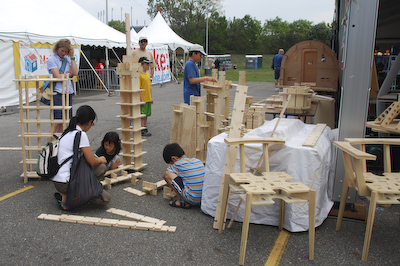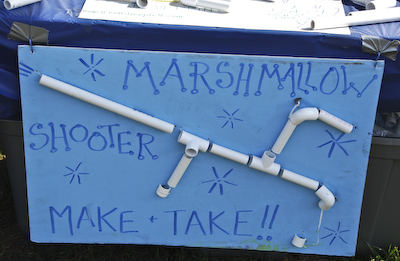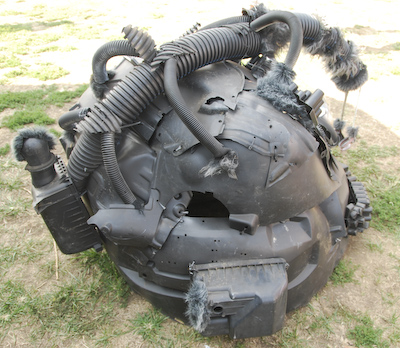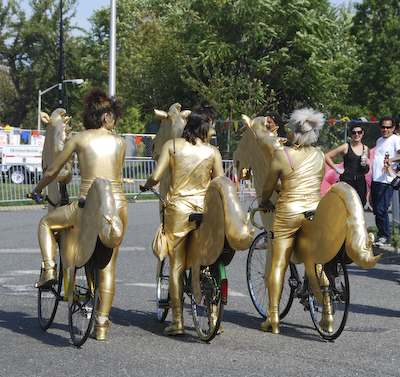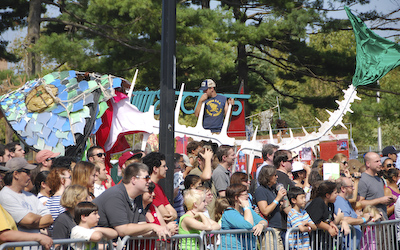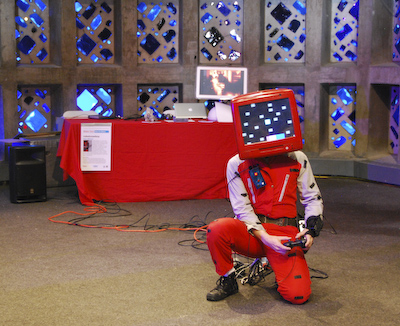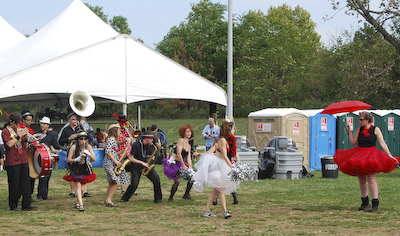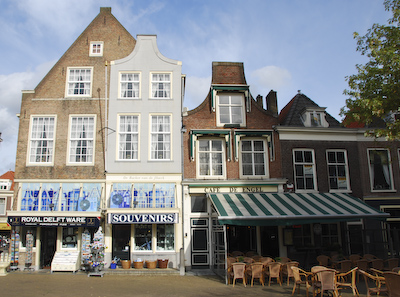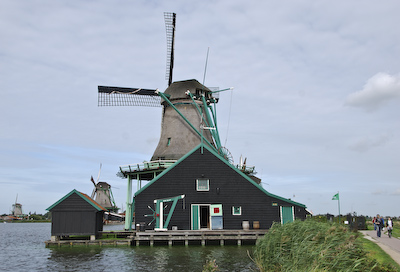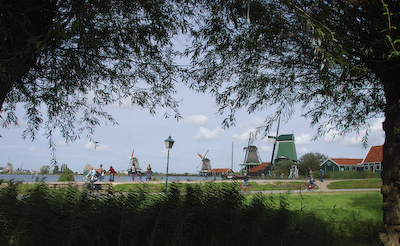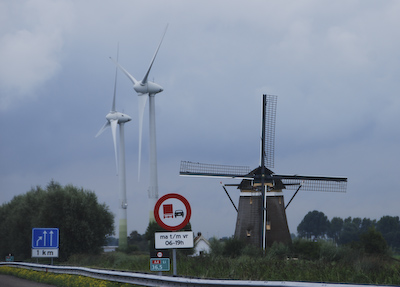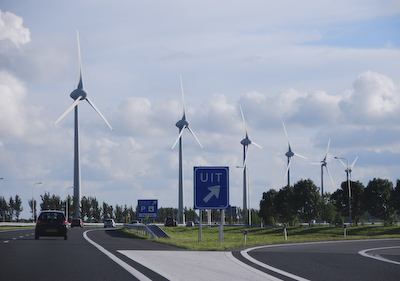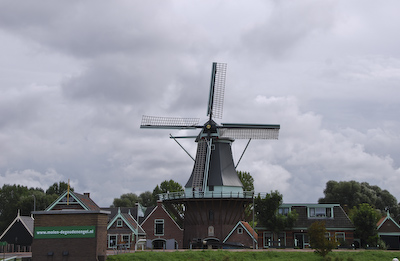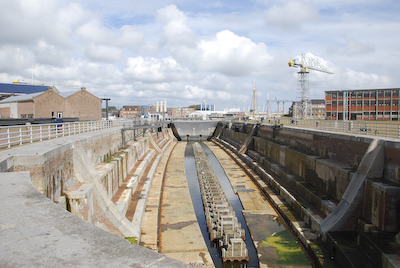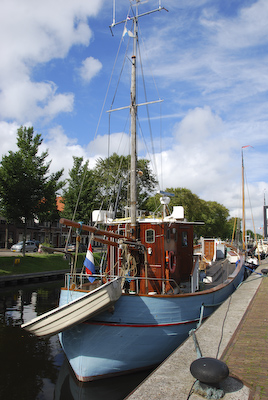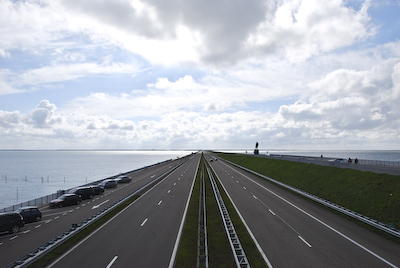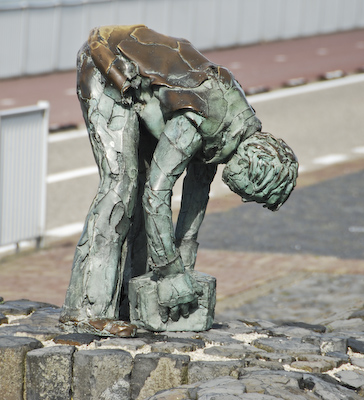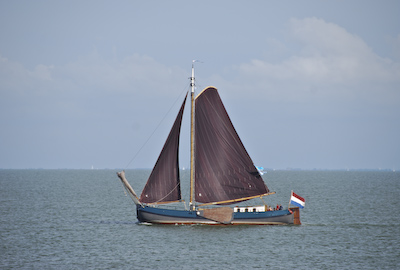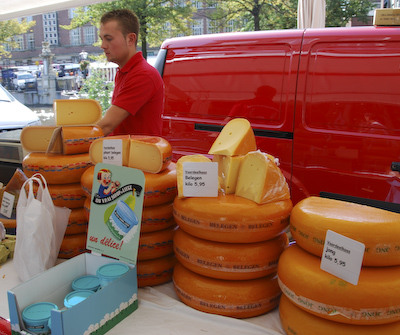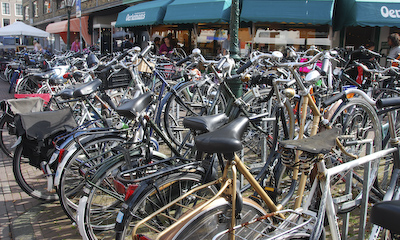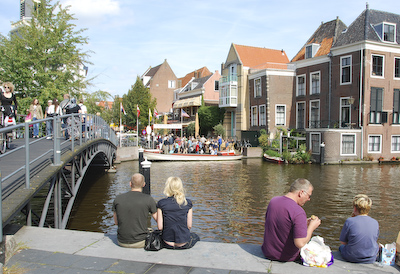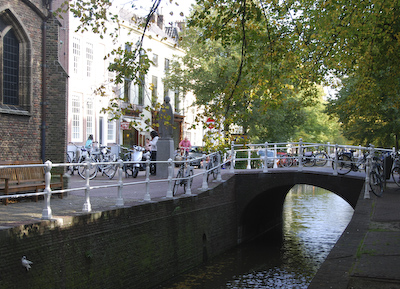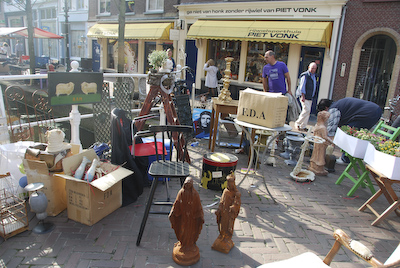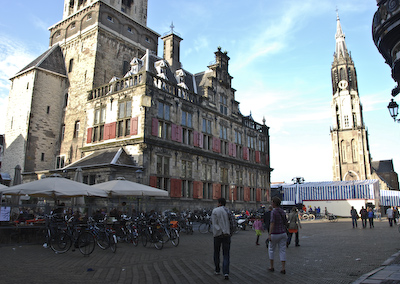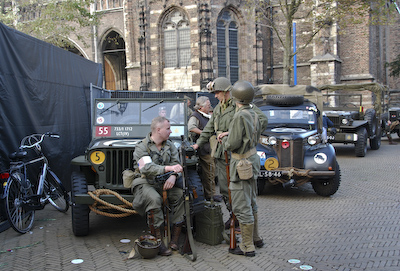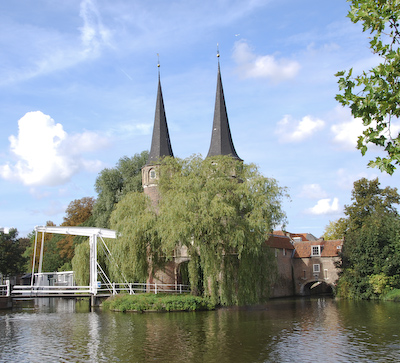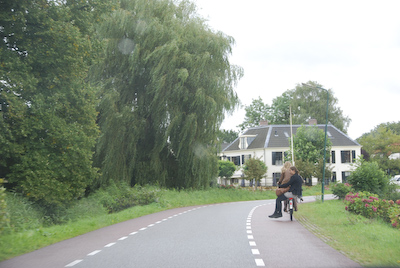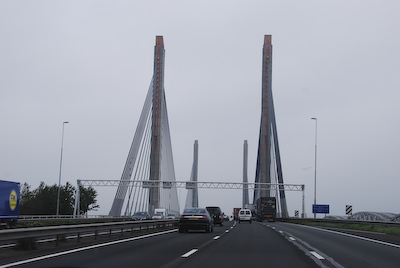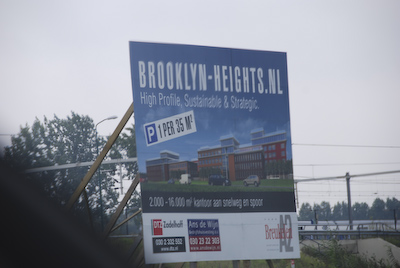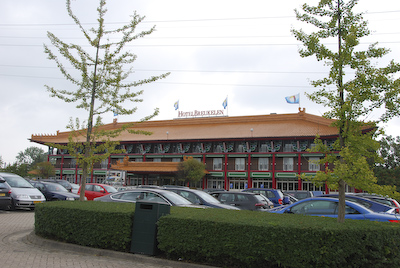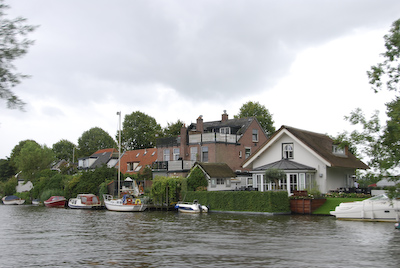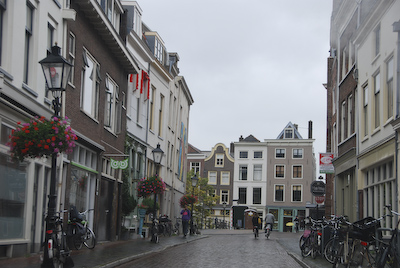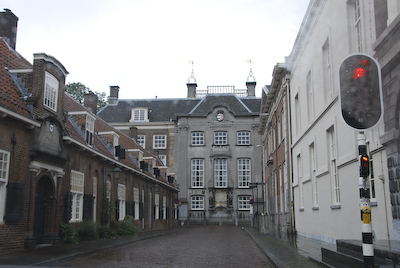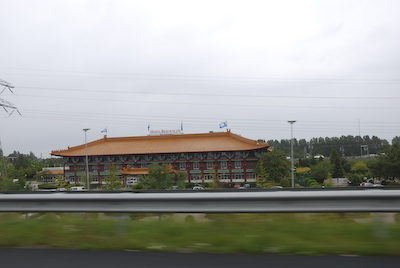Saturday – September 25th
Jeff and I went to the “1st Annual Maker Faire” today at the New York Hall of Science in the old World’s Fair Grounds in Queens. It was billed as “A two-day family-friendly event that celebrates arts, crafts, engineering, food, music, science and technology projects and the Do-It-Yourself (DIY) mentality”.
The program featured: Robots, Rock-it Science Cabaret, Arc Attack, Chariot Races, Coke Zero & Mentos Fountains, 3-D Printing, and a Life-Size Mousetrap (human life-size!). What could be bad with a line-up like this??
It really was a lot of fun! We arrived in Queens about 10:30 in the morning and parked in the parking lot of the new Citi-Field Stadium. There were school buses lined up to take participants to the Faire. It was still early, so it wasn’t crowded. There were large tents full of exhibitor’s tables set up all around the main building of the Hall of Science.
There were also special exhibits and scheduled performances inside the building. Some large corporations were represented, for example: Ford Motor Company, Hewlett Packard, Popular Mechanics Magazine, Texas Instruments, and Singer Sewing Machines. However the booths which were the most fun were the individuals or small groups of people who “made stuff” and wanted to show it off or sell a product.
My personal favorite was a kit for a “Make & Take Marshmallow Shooter” for eight dollars. People had the option of creating their own or buying a kit of parts to be assembled at home. Marshmallows were extra!
There were a few educational groups represented who made and demonstrated a variety of inventions. One group was from a NYC middle school whose students created inventions from cardboard. One was a fortune telling box where you inserted a quarter and pushed a red button and your fortune appeared on a small screen. I loved the concept, so I donated a quarter to the clever students! Later in another tent there was a group of cadets from the US Military Academy demonstrating their scientific invention.
There were serious inventions:
And there were less serious inventions and creations:
There were biker chicks:
This was the winner of the international chariot race:
Excited fans were cheering during the chariot races:
Outdoor Electric Haircuts with appropriate sound effects: (he’s lucky it wasn’t raining!)
Indoor computer-generated body-movement music:
A Tesla-coil light-show to loud rock music by ArcAttack:
There were musical groups singing, dancing, and parading along the tents or performing on an outdoor entertainment stage.
Music and dancing:
We missed the demonstration of the human-size mousetrap and the Mentos fountain and the cigar-box guitar and the motorized book. But there’s always next year…..
We left the Maker Faire about 2:30 and since we had skipped lunch, we were hungry. Lucky us! We were in Flushing, Queens where there exists some of the best Chinese food in the city! It was a short drive to Main Street & 37th Avenue and we finally parked the car in that huge crazy parking lot on Union Street. We just walked across the street to Shanghai Joe’s because we love their “soup dumplings”. We also had some delicious pickled cabbage and yummy scallion pancakes. Then we went back across the street to the Hong Kong Market for the experience (it’s great fun!) and to pick up some almond cookies. Sorry, I didn’t take any photos. Maybe next time…..
Since we were in Queens, “terra incognito” I call it, we had to go to the Lemon Ice King of Corona on 108th Street & Corona Ave. for dessert. They have a website if you want more information. We set our new-fangled GPS to go from ‘here to there’ and devoured the best ices in NYC! I had blueberry ices which are a bright blue with real blueberries and Jeff had tart lemon ices. Yummmmm……
It was a fun day!! I told Jeff that we have to start planning our costumes for next year’s faire. We also have to make “something” to take to the Maker Faire next year to sell or demonstrate. How about a marshmallow catapult? Hmmm I’m still thinking…..



